When 2014 kicked off in Palo Alto, the city was wrestling with a problem most communities would envy: Too many people wanted to be here.
The local economy was in full bloom, with revenues from every tax category surging and downtown's commercial vacancy rates at a historic low. The city's quality of life was ranked as "good" or "excellent" by more than 90 percent of residents who took part in a survey, and its efforts to be the nation's greenest, most bike-friendly and digitally savviest city in all the land were proceeding apace, bringing with them a host of prestigious trophies and laurels. To an outsider, this may have seemed like a funny time for the residents to rise up and shout out, like Howard Beale in "Network," that they're mad as hell and they're not going to take this anymore.
Yet rise up they did. In the defining act of 2013, residents rebuffed elected officials by rejecting Measure D in the November election, effectively shooting down a proposal to build a dense housing development on Maybell Avenue.
The effects of that election didn't just spill over into 2014, they in many ways defined it. If 2013 was the year in which the voters signaled their frustrations with the old way of doing things, 2014 was when a new way began to take shape — one that emphasized capping commercial growth, eliminating zoning exemptions and applying more scrutiny to new developments.
The biggest tension point, as in the past, was on the topic of growth and development. Mayor Nancy Shepherd summed it up in February during her "State of the City" speech.
"We are successful, prosperous and constantly changing," Shepherd said. "But, there are those who may perceive this change is fundamentally altering some of the reasons why they chose to live in Palo Alto. While the university or tech-sector jobs may have brought many of us here for a great adventure, it is our neighborhoods, open space, and the quality of our schools that have been at the heart of what defines Palo Alto. And we want to protect and maintain all of these things."
The drive to protect neighborhoods from the problems of growth characterized Palo Alto's political life in 2014 and created a rupture in its political establishment. By the time the year ended, two members of the Measure D opposition were elected to the City Council. Incumbent Councilwoman Karen Holman, whose deep skepticism toward new development has long made her an outlier on the council, received more votes than any other candidate in a 12-person field. Shepherd, who in early 2013 had beat out Holman for the vice mayoral spot and whose re-election campaign included endorsements from a litany of former mayors and civic leaders, was voted out of office. Her main ally on the council, Vice Mayor Liz Kniss, no longer seems like a shoo-in to continue the local tradition in which the vice mayor assumes the mayor's chair.
The year was also the swan song for Larry Klein, who in December concluded a council career that included nearly two decades behind the dais (he served for two terms in the 1980s before returning in 2005), three stints as mayor and leading roles in just about every major city effort, from environmental initiatives and opposition to high-speed rail to infrastructure fixes and library projects.
Also leaving is Councilwoman Gail Price, the council leading proponent of urbanization. In November, when the council unanimously adopted its new Housing Element, Price expressed some reluctance when she cast her vote, saying that the city is being "extraordinarily timid" by not including zone changes or other policies that would encourage more housing. Price chose not to seek a second term.
More than anything else, 2014 was a year of transition, with the old political establishment making way for a fresh wave of civically engaged and energized residents.
The 2014 election tipped the City Council balance, ensuring that at least five council members in 2015 will share the slow-growth leanings of the residents group that stopped the Maybell development in 2013, Palo Altans for Sensible Zoning (PASZ). Joining Holman and council members Pat Burt and Greg Schmid, who hold philosophical leanings similar to Holman, will be Councilmen-elect Tom DuBois and Eric Filseth, members of PASZ.
Yet by the time the year came to a close, a backlash to the backlash had also begun to emerge. A new citizens group, Palo Alto Forward, formed with the intent of fostering discussion about adding housing options in the city. Several affiliated with the group won seats to local boards and commissions in the waning months of the year, and one, Cory Wolbach, snagged a council seat after a nail-biter conclusion to the election.
Besides the power shift witnessed in the election, 2014 was a year of deep political frustrations. Council members confronted an embarrassing county Grand Jury report and publicly apologized for their secret (and ultimately doomed) negotiations with developer John Arrillaga in 2012 and also were forced to backtrack on their 2013 ban on people living in their vehicles.
Perhaps connected to that, the city's on-again-off-again debate about shrinking the size of the City Council from nine to seven members finally landed on the ballot this year after simmering for decades. Even without much in the way of a campaign for Measure D, voters readily approved the move to a smaller council, with 53.7 percent voting in favor.
The year was also a game-changer in arenas outside of politics. From waste management and parking policies to the city's takeover of its namesake airport and the completion of Mitchell Park Library and Community Center, Palo Alto finally saw some results on efforts that have stymied city officials for years.
The city's infamous "planned community" zoning, which allows developers to exceed zoning requirements in exchange for public benefits (and which for decades has been derided by local land-use critics as "zoning for sale"), was suspended in February and is now being reformed.
After years of talking about fixing up the city's sagging infrastructure, which is estimated to need hundreds of millions of dollars' worth of work, the council in June approved a plan for doing so. In November, a hotel-tax hike to help fund the improvements gained sufficient voter support to pass.
The city's takeover of Palo Alto Airport, an effort launched seven years ago, also came to a conclusion in 2014, when both the council and the Santa Clara County Board of Supervisors signed in August the needed transfer agreement. And stalled negotiations over the city's lease of Cubberley Community Center saw a breakthrough in November after two years of bureaucratic bickering. The city and the school district finally agreed to a five-year lease that will lead to a joint vision for the sprawling, dilapidated south Palo Alto hub and a commitment of public funds toward the needed repairs.
The city's long-simmering dilemma over the of future organic waste also marked a milestone in 2014. After years of acrimony between environmentalists who wanted to keep composting local and conservationists who wanted to protect the Baylands, a hard-won truce emerged on Dec. 8, when the city decided not to pursue a composting facility near Byxbee Park at this time because of high costs. Earlier in the year, both sides in the green-versus-green debate supported the city's decision to move ahead with a plan that would retire its toxic, sludge-burning incinerators in the Baylands and pursue a waste-to-energy facility for processing food waste near the water-treatment plan.
Perhaps no action embodies the game-changing spirit of 2014 more than the council's Dec. 2 vote to establish a Residential Parking Permit Program downtown and to create a framework for similar programs in other areas of town. Designed to provide downtown residents relief from commuters who have long relied on neighborhood streets for free all-day parking, the new program is also seen as the tip of the spear for the myriad parking and traffic initiatives that the city will be launching in the coming months. The council approved the program after years of complaints from residents, nine months of meetings by a stakeholder task force and reluctant buy-in from the business community.
Councilman Marc Berman reflected the view of the entire council when he called the result "a good and necessary step in setting up so many other transportation management issues and programs that we're going to be implementing in this coming year." These include an expanded shuttle program, implementation of technology at local parking garages and a new nonprofit that will work with downtown's employers to shift commuters from cars to public transit or other modes of transportation through a range of incentives.
"I think this is a really, really important night for starting to address the concerns that residents have been expressing to the council for years about decreasing quality of life in the neighborhoods," Berman said.
Normally, there would be nothing newsworthy about a councilman talking about the need to protect residential neighborhoods. But the fact that Berman's comment was backed up by a unanimous vote that was years in the making and that will have a lasting effect on residents, employees and visitors further underscores the year was truly a game-changer for Palo Alto.
Related content:
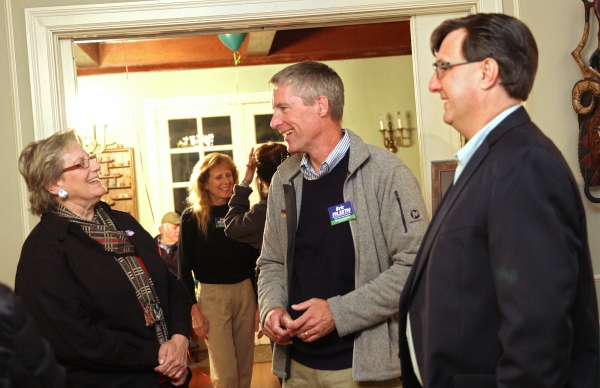
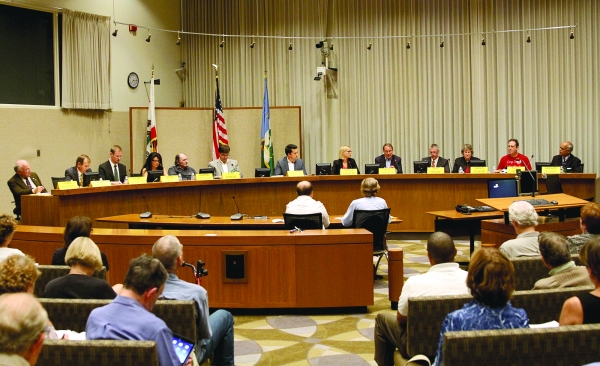
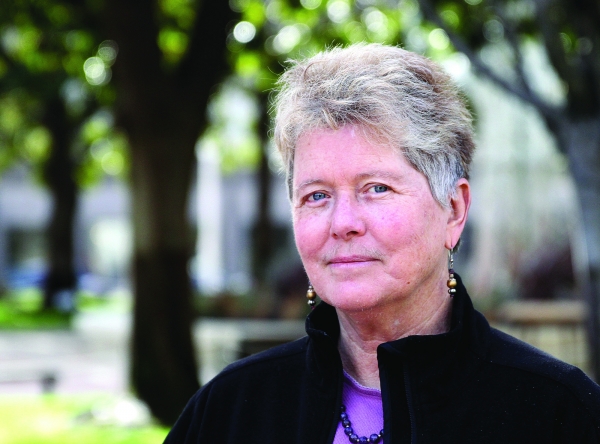
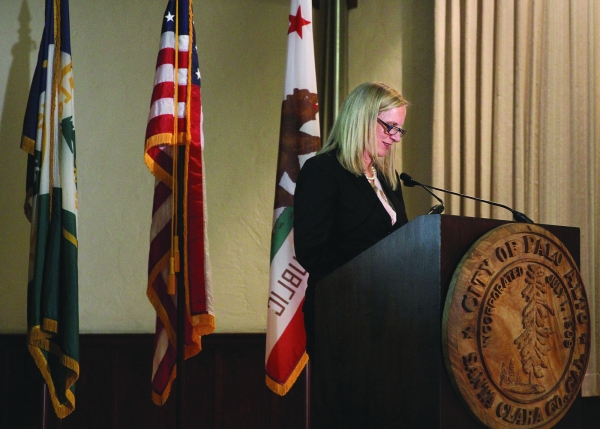

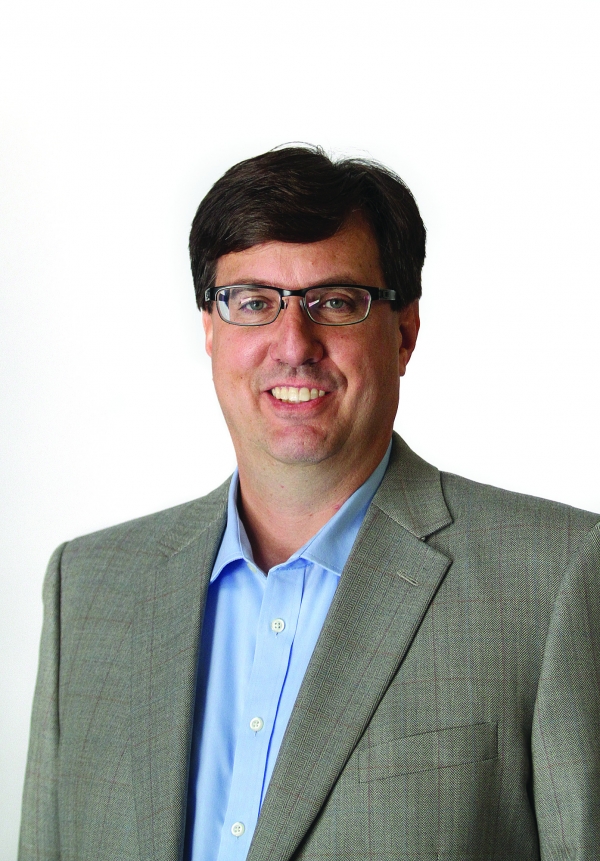
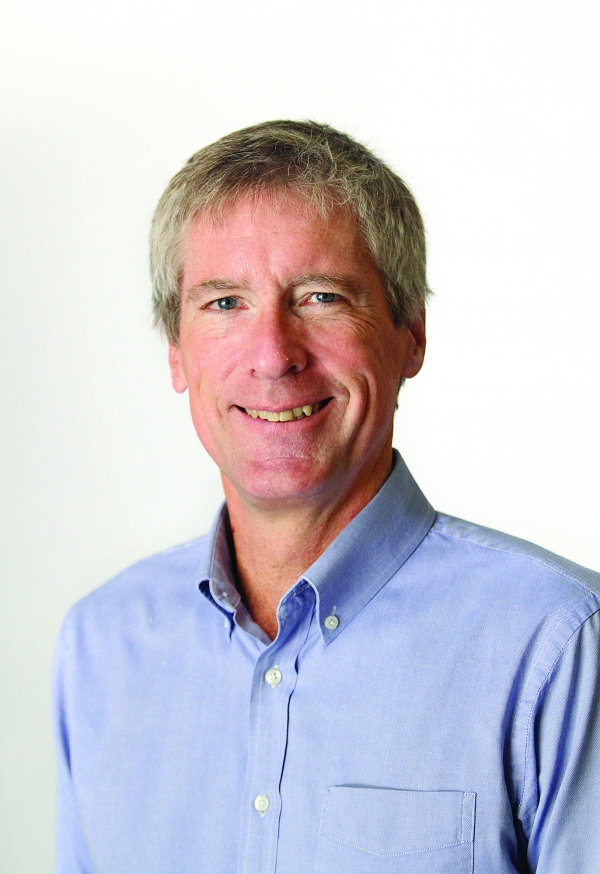
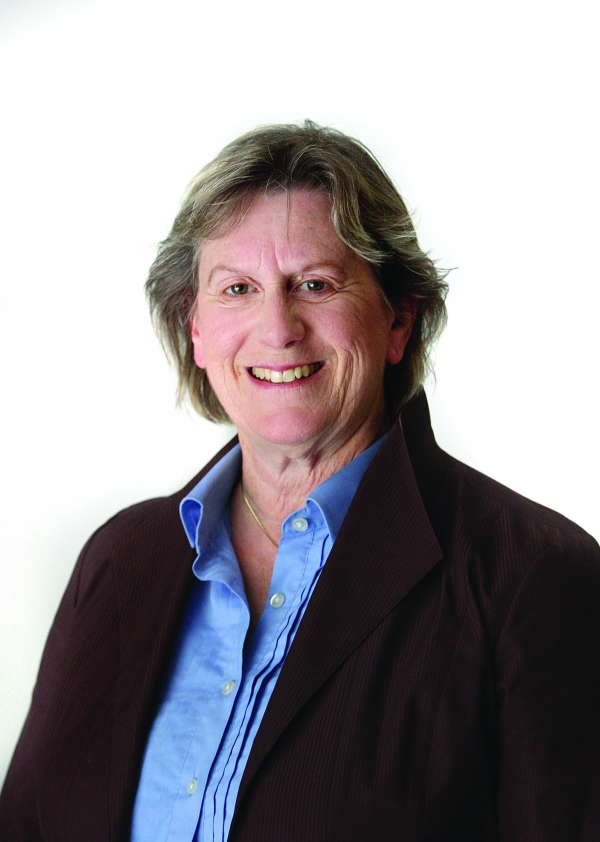
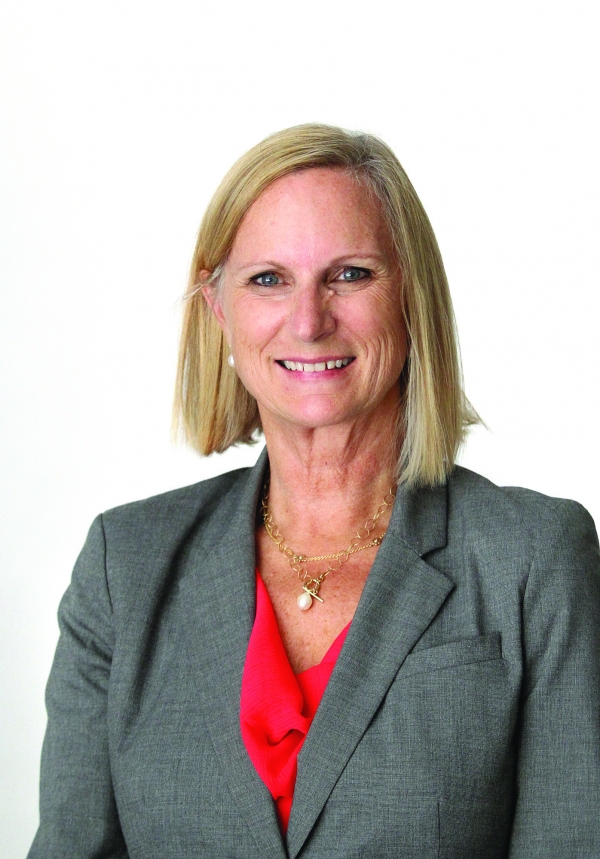
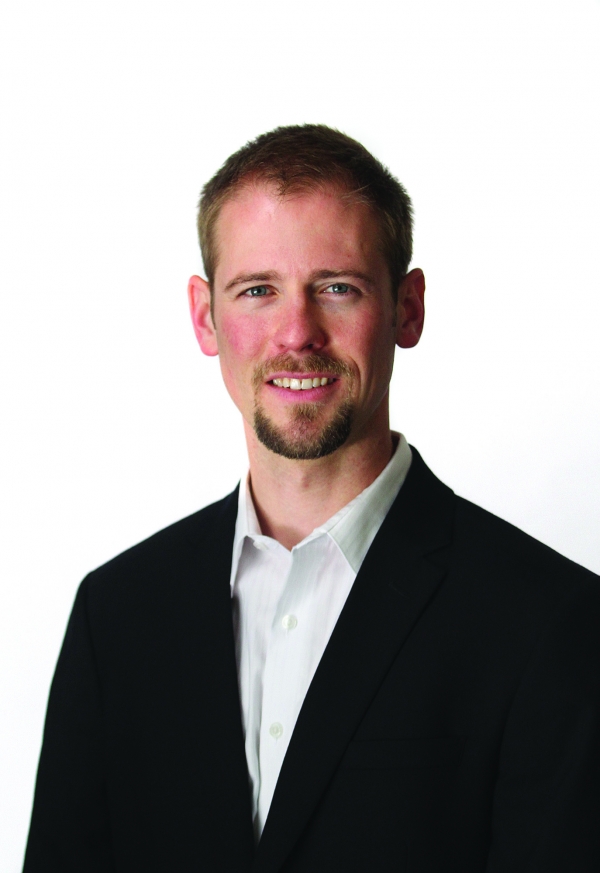


Comments
Another Palo Alto neighborhood
on Dec 26, 2014 at 12:55 pm
on Dec 26, 2014 at 12:55 pm
Once again with the euphemisms. And in using a euphemism, the reporter displays his bias about both groups. Everyone is for increasing housing options. PASZ is just for doing it in a smarter way and actually achieving the stated goals. Recall if you will at Maybell many neighbors stood in front of the Council and asked for a working group like we had 20 years ago that saved the Terman school site from development while creating almost 100 units of affordable housing. Some of the same people on that working group asked for one at Maybell, and some neighbors asked for a chance to save the orchard at the same time, but were rebuffed. (The ostensible goals conflicted with the profit-making goals of the for-profit development which was the majority of the site so there was no real flexibility.)
For example, if the goal is affordable housing, let's focus on saving the existing low-income housing of Palo Alto residents who will be displaced by the high-density housing Palo Alto Forward prioritizes over everything else. PAF proponents are very open with their opinions until you bring up the displacement of existing low-income residents, or their members choosing available high-density housing in a different and less prestigious zip code that may even be closer to their work than living across town.
Call a spade a spade. Palo Alto Forward mostly stands for high-density housing and pushing the policies of densification the developers found so lucrative from the last administration.
Crescent Park
on Dec 29, 2014 at 3:05 pm
on Dec 29, 2014 at 3:05 pm
Let's hope the new, incoming city council fires Palo Alto City Manager, James Keene. Keene's incompetence and lack of leadership has done irreversible damage to Palo Alto. Much of the bloated, massive city hall staff he has amassed has done a very poor job. The Transportation chief, Jaime Rodriguez, the guy that owns several outside businesses that creates a conflict of interest, or the appearance of a conflict of interest, needs to be fired, too. How can the Transportation Chief give his full attention to his job at City Hall, plus own and operate American Asphalt, and also Traffic Patterns, LLC., a company that designs street patterns. It's all very sleazy. We need a complete sweep and re-evaluation of the city staff. That cannot be achieved until James Keene is let go.
Barron Park
on Dec 29, 2014 at 3:43 pm
on Dec 29, 2014 at 3:43 pm
Palo Alto Forward is an exciting newcomer to community activism, successfully engaging with City Council members and council staff to champion the goal of becoming the go-to organization for rational planning. Within months PAF well on the way to achieving the goal of having one year to shape Palo Alto's new Comprehensive Plan, which will set housing and transportation policy until 2030. The election of member Cory Woolbach to the city council, the appointments of members Kate Downing and Adrian Fine joining Eric Rosenblum on the Planning and Transport Commission, member Kyu Young Kim to the Architectural Review Board, member Mehdi Alhassani on the Palo Alto Human Relations Commission, and founding member Elaine Uang invited to to serve on Palo Alto’s influential Housing Element Panel.
On its current course, Palo Alto will continue to experience traffic and parking issues from denser uses of existing buildings while turning away new businesses and new workers who no longer have appropriate housing. The very economic growth that makes Silicon Valley a gem in America’s economic crown will be slowly chipped away, hurting local businesses, school funding, and employment rates alike. To enable schools to thrive Palo Alto must increase the availability of smaller housing units aimed at singles and active seniors who pay property taxes but do not have school-aged children.
With it’s informative website, regularly updated blog, constant influx of new members, reminders to attend public hearings, and fun social get-togethers, Palo Alto Forward’s vision for Palo Alto’s future is becoming increasingly influential.
Another Palo Alto neighborhood
on Dec 30, 2014 at 12:52 am
on Dec 30, 2014 at 12:52 am
jane,
the "go-to organization for rational planning"?
Is this when rational planning starts?
Adobe-Meadow
on Dec 30, 2014 at 10:58 am
on Dec 30, 2014 at 10:58 am
People have been living in Palo Alto for more than 100 years and have done a very good job of creating a very desirable school system as well as a very livable small urban city. The reason everyone wants to live here is because the residents have worked to create the environment we have today.
So are we to become the transplant of all of the discontented Europeans who are living in a deteriorating situation based on Communism and Socialism? Sorry - is not working in Europe and is not a good platform for growth.
There are more than one thought processes at play here and everyone is going to input on what is going on. Pease respect the environment and people that have put this whole scene together - it is a combination of many opinions and financial goals of many people who care about where they live.
Barron Park
on Dec 30, 2014 at 12:05 pm
on Dec 30, 2014 at 12:05 pm
Used to be:
the words, "the "go-to organization for rational planning"? "
is the exact expression used on the PAF blog.
Crescent Park
on Dec 31, 2014 at 11:46 am
on Dec 31, 2014 at 11:46 am
Unsolicited advice to PAF and its blatant attempt usurp the fine citizens of Palo Alto...don't forget Measure D. Any land/development "grabs" will be met with another Measure D and will be crushed by the majority of residents who oppose further densification of their city.
Adobe-Meadow
on Jan 1, 2015 at 6:24 pm
on Jan 1, 2015 at 6:24 pm
There are many very desirable cities which are experiencing economic change and growth. Seattle and suburbs, Portland and suburbs, Colorado which has a very large defense industry presence, etc. I do not see that as Silicon Valley being chipped away - I see it as the natural growth that every city is trying to encourage and foster through tax breaks, etc.
The peninsula is constrained by available land and resources. To think that we will be required to cram a lot of people into an already heavily populated area does not make sense. Most companies have satellite divisions in other growing areas so that their workforce is spread out. Go to LA - there are the same companies who are absorbing the young workers who are graduating now into the work force in those locations. Go to San Diego and Orange County - a lot of growth in those areas by small companies and satellite divisions of large companies.
The theory that we need to go into panic mode and sacrifice all of the gains we have made for a good urban city does not stack up with what we know today about growth in other urban areas - including now the east bay and the central valley going towards Sacramento.
If companies are successful at what they do then they will chose to expand their territory and work force so that they benefit from the lower taxes and other benefits that other locations can provide. Successful companies with large work forces throughout America keeps America at the top of it's game.
So we do not need to panic - we need to groom our existing environment to provide the best for the people who are here. The people who are working in other locations will be grooming their cities also to make them livable and welcoming to new businesses and families.
Adobe-Meadow
on Jan 20, 2015 at 10:46 am
on Jan 20, 2015 at 10:46 am
The Los Angeles Times Sunday headline 01/18/15 is "L.A. gains a tech core in Playa Vista boom. This article is about Yahoo and Google expanding into the west LA area as a gateway to the entertainment industry. SF Chronicle today is Google is working with Space X (E. Musk) location in west LA.
If all of you activists head down to LA for a weekend you can check out the area around the LA Airport - it has all of the biggest Government contractors located in the El Segundo area. Not a US citizen? Then head inland - you can check out the Farmer's Market at 3RD and Fairfax next to CBS Studios. Every one is there - from all countries. That is the entertainment business gateway.
The housing in the LA are is unlimited with apartments and low cost housing. Employment is not a challenge if you can work hard and have something to offer.
The bottom line is that Silicon Valley is a concept that does not limit growing companies that are successful. Successful companies will go where the work force is and where they can grow their business.
There is no requirement to gut Palo Alto so that a number of activists can fulfill some goal that has no relation to changing reality.
The other bottom line is that the peninsula has a limited amount of land available due to geographic limitations. Los Angeles has no limitations regarding land - and they now have great weather - no smog this last weekend in the beach cities.
The other bottom line is that activists only work with a limited amount of facts to support their mission. They do not get the big picture. Companies that are successful are always staging the next step in growth and are not limited by slogans and partial thought processes.
Leland Manor/Garland Drive
on Jan 20, 2015 at 2:32 pm
on Jan 20, 2015 at 2:32 pm
Jane says: the words, "the "go-to organization for rational planning"?
is the exact expression used on the PAF blog.
Also, the name "Palo Alto Forward" is a ripooff of the name of a project at the Santa Clara Architects association.
Did I read that PAF is having an event at which Architect Daniel Garber will be a leader? Is it possible that they don't know that he quit the Planning Commission to go to work for Arrillaga on the ill-fated, corrupt project at 27 University. He also proposed the Public Benefit should be a theater for his organization, where he was president. That project evoked a scathing county Grand Jury Report.
One gets the impression that ethical behavior is irrelevant to this organization.
Adobe-Meadow
on Feb 4, 2015 at 11:19 am
on Feb 4, 2015 at 11:19 am
Much of 2013 - 2014 was consumed by discussions concerning ABAG and the net effect on the cities impacted. Much justification was provided as to why decisions were / are made concerning new development. I believe that the Comprehensive Plan utilizes some data from that organization in which to forecast development needs.
Fast forward to 2015 and it now turns out that the chief financial officer of ABAG has lifted $1.3 M to invest in private land holdings.
So now the Finance Authority for Non-Profit Corporations (FAN) is going to reimburse the South of Market Stabilization Fund - from which the 1.3M was taken - out of FANs reserves. The reserves are based on fees for helping eligible non-profits - AND OTHER BORROWERS to gain access to tax/exempt debt financing.
I would suggest that ABAG has lost its negotiating position regarding the functions it performs.
In the future it is hoped that Palo Alto and other peninsula cities who are aggravated by over development do not succumb to arguments such as "ABAG made us do it". This whole event is being chronicled in the SF Chronicle who is following this sorry tale. The sorry event also points up that city budgets make assumptions that increased urbanization increases the tax base of the city - but there are considerable forces on-going for are seeking tax-exempt status which provides no value to the city budget, and in fact depletes the budget for providing city services which receive no reimbursement in the tax base.
What a sorry tale.